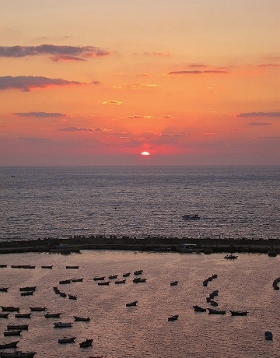Preparing for Gaza and crossing the divide
There are only two entry and exit points for the Gaza Strip: Rafah lies on the southern end of Gaza, bordering Egypt, and Erez is on the northern end, bordering Israel.
Erez is strictly for international aid workers, press, and those Israel deems acceptable to let in and out. Very rarely are Palestinians permitted exit and entry through this point, and months of prior coordination with the Israeli government is needed to cross at Erez.



